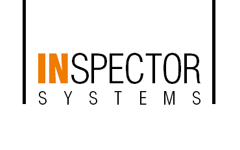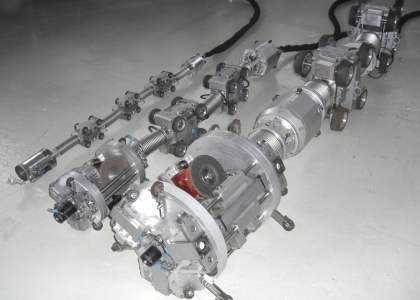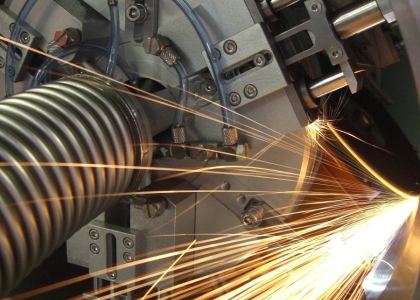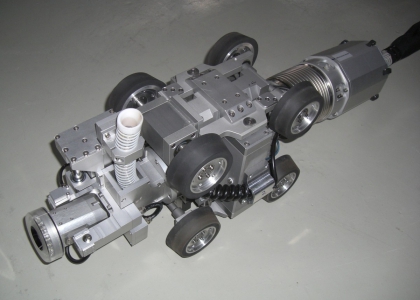INSPECTOR SYSTEMS is ensuring improvements in the quality of the safety-relevant pipeline systems at the Chinese nuclear power stations Taishan 1 and 2.
At the Taishan site in the southern Chinese province of Guangdong two new EPR (European Pressurized Reactor) type nuclear power station blocks are currently under construction. At present the EPR is the world’s most powerful type of reactor and has a nominal output of 1750 MW.
In 2012, as part of the two new nuclear power station structures INSPECTOR SYSTEMS was awarded the contract by the Taishan Nuclear Power Joint Venture Company (TNPJVC) to supply a total of eight grinding and suction robots. The TNPJVC, 30 percent of which is owned by the French power company Électricité de France (EDF) and 70 percent by the Chinese China Guangdong Nuclear Power Group (CGNPC) was so impressed by the work hitherto carried out by INSPECTOR SYSTEMS in identical new nuclear power station buildings that the collaboration is to be continued in this project.
The various grinding and suction robots have been specially designed to internally grind all safety-relevant welding seams in the pipeline system of the primary circulation and then eliminate the grinding dust.
Through the targeted grinding of the internal welding roots the quality of the pipeline is increased and the checking of the welding seams in recurring inspections is facilitated enormously. In total this involves approximately 600 welding seams in both reactor blocks to be processed during the pipeline assembly.
The pipes to be worked on in this pipeline system have an internal diameter of 86 mm to approximately 440 mm. In order to cover this diameter range INSPECTOR SYSTEMS is supplying four special grinding robots and four suction units. INSPECTOR SYSTEMS’ many years of specialist competence were in demand during the developing of these grinding robots. In this sensitive circulation in particular the welding seams must meet the high standards required in terms of precision and roughness of the internal surface.
A special challenge was the design of the smallest grinding robot ever developed by INSPECTOR SYSTEMS, whereby above all the combination of required performance and small size could only be achieved with difficulty. A new grinding robot was designed specifically for this task. This robot is used in DN100 pipeline sections which have an internal diameter of 86 mm. Characteristic of this grinding robot, like all the other types, is that it can be used to travel through bends and vertical pipeline sections.
With regard to the grinding robot used in DN150 to DN200 pipeline sections, due to the constricted spatial conditions the standard grinding motor could also not be deployed. It was therefore necessary to develop a new grinding robot for this diameter range. At the same time a space-saving motor was produced for this robot. The grinding robot for the diameter range from DN250 to DN350 is equipped with a mechanically adjustable motor in order to cover the large diameter range. In addition it has the tried-and-tested structure, with a powerful grinding motor and is designed to traverse bends and to climb.
The particular difficulty in developing the grinding robot for the DN500 pipeline sections was that the robot has to be inserted through a valve.
The narrowest point of the valve only has a diameter of approximately 300 mm and the pipeline to be worked on an internal diameter of approximately 440 mm. This difference in diameter required a grinding robot design with variable telescopic cylinders for the clamping/centring unit and a stable two-stage motor.
The suction units are based on the same principle as the grinding robots. The suction tube is connected to a radial motor. This in turn is mounted on a rotation unit so that it is possible to specifically approach and provide suction at any point in the pipe. The suction units also cover a diameter range from, 86 mm to approximately 440 mm.
Two of the four grinding robots and two of the four suction units had already been delivered and brought into operation by the turn of the year. The delivery of the remaining robots is planned for the middle of this year.




